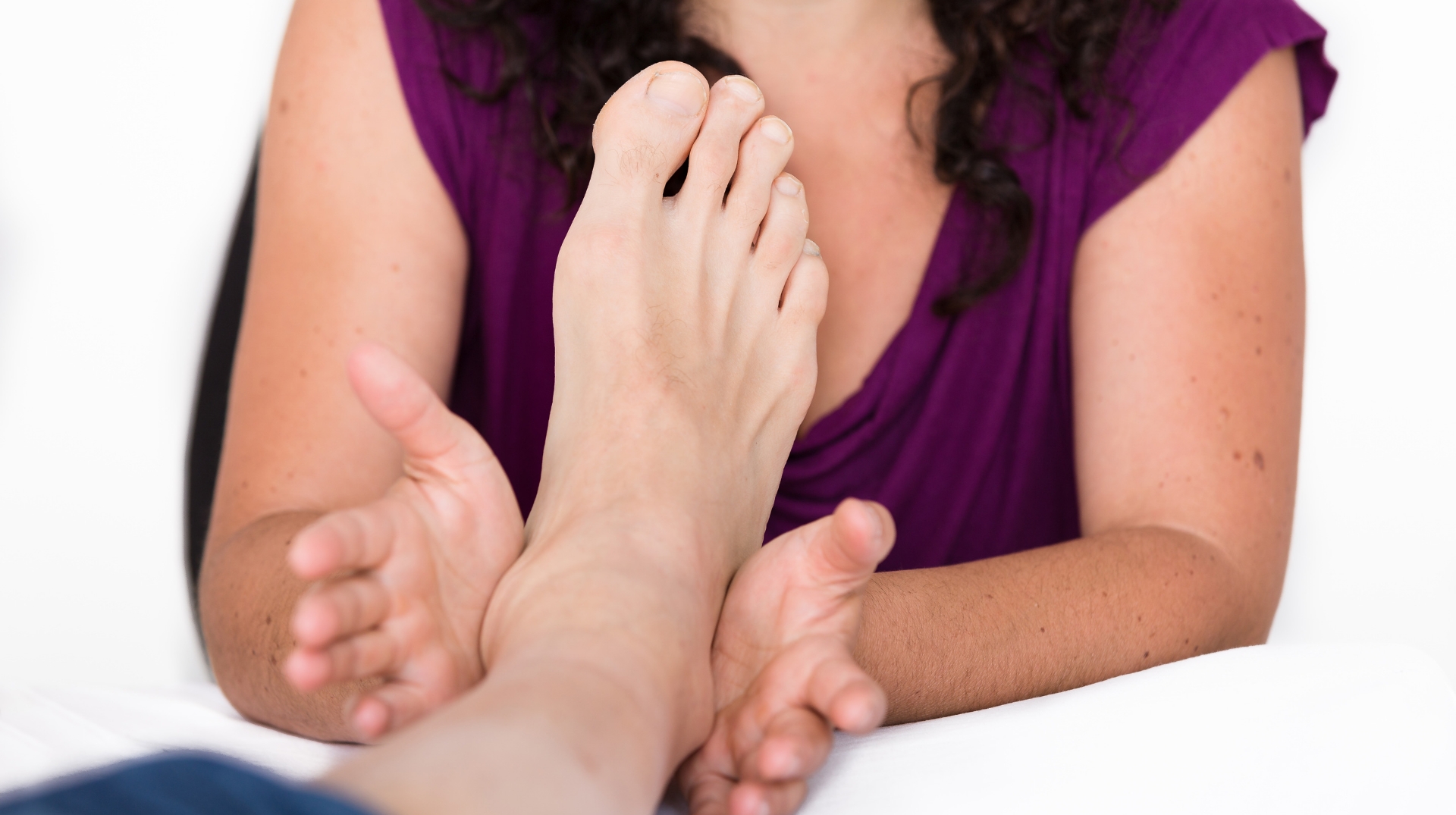Frequently Asked Questions
This depends on several factors: The goal of the process; how long the symptom and/or condition has been present; the client’s level of attention and energy; how quickly and well the body can integrate what happens in the sessions; how much attention the client can pay to the goal in everyday life; sometimes the age of the client also plays a role.
Most processes take between 8 sessions and 1.5 years. After the first 4 sessions, it should be clear whether the body is responding and whether this path is right for you.
In a learning process, a weekly rhythm is ideal. At the beginning, or in certain phases of the process, twice a week can be helpful.
In the case of acute symptoms, injuries etc., more frequent sessions may be more efficient and shorten the process.
With fresh injuries or after surgical procedures, the rule is often – the earlier the work begins, the faster the healing and the fewer the additional restrictions caused by prolonged pain, relieving postures etc.. Therefore, the shorter the process.
In principle, work can begin in hospital immediately after the operation (I am able to work in this way due to the additional training required).
Yes.
Through training tailored to the client.
Through Intensive – 3-5 days in which the process is focused on a goal and there are 2 sessions and training every day.
You should not eat any heavy meals 2 hours before the session. Otherwise the body will be too busy digesting food and the session will be less intense.
You should not drink alcohol before a session.
Nothing. Every client gets a fresh sheet.
Yes. But when you have fever, you should stay in bed.
Yes, some clients also come to a session during their lunch break. How you feel after a session can vary from time to time. If there is still some time after the session to give the newly achieved physical state some space, that is ideal. But you can work afterwards, do sport, etc.
Born in Israel, Avi Grinberg discovered his natural talent for touching and healing pain at an early age, thereby improving people’s general wellbeing. He began working with people as a young man. He looked for a way to apply his talent and became intensively involved with human behavior, largely self-taught.
While acquiring the theory, he also tried out practical techniques and learned various forms of massage, bodywork and body therapies. He meditated, practiced yoga and martial arts to train himself in relaxation, stillness and concentration. He also spent two years working as a medic in a war zone and gained medical experience.
He had the good fortune to meet healers and medicine men on his travels among the Bedouins of the Sinai Peninsula and the Indians of South America. These experiences taught him a completely new perspective on how to heal people.
After ten years of work, it seemed increasingly frustrating and pointless to Avi Grinberg that people’s well-being depended on his treatments and therefore on him. He noticed that a certain pattern of behavior had emerged: after their recovery, the people he worked with return to their usual lives and months later they are back with him – in the same or often worse condition than before the treatment. Avi Grinberg realized that they had to participate in the healing and recovery process themselves.
At this point, Avi Grinberg wanted to go beyond his previous knowledge and experience and teach people to heal themselves. Because he had a deep respect for human self-healing powers and realized that the ability to heal oneself had been forgotten, he decided to change his profession: From therapeutic healer to teacher.
After working with this new approach for several years, he was approached by a group of people who wanted to be taught by him. What he had previously practiced more intuitively from his experience now became a methodology: the Grinberg Method. He developed the method to train practitioners who could in turn teach people how to improve their well-being and realize the changes they wanted to make in their lives.
Avi Grinberg continues his personal and professional development to this day. He uses what he learns about human behavior to further develop and deepen the method. He leads the training and supervision of teachers and trainers of the method.
Avi Grinberg is the author of several books, including Holistic Reflexology (1989) and Foot Diagnosis (1993). His book Fear, Pain and Some Other Friends (1994) presents the basic concepts of the Grinberg Method and shows practical ways of integrating them into everyday life. The Magician’s Call (1998) is his first story. The books have been translated into several languages.
Quote from the official website www.grinbergmethod.com
